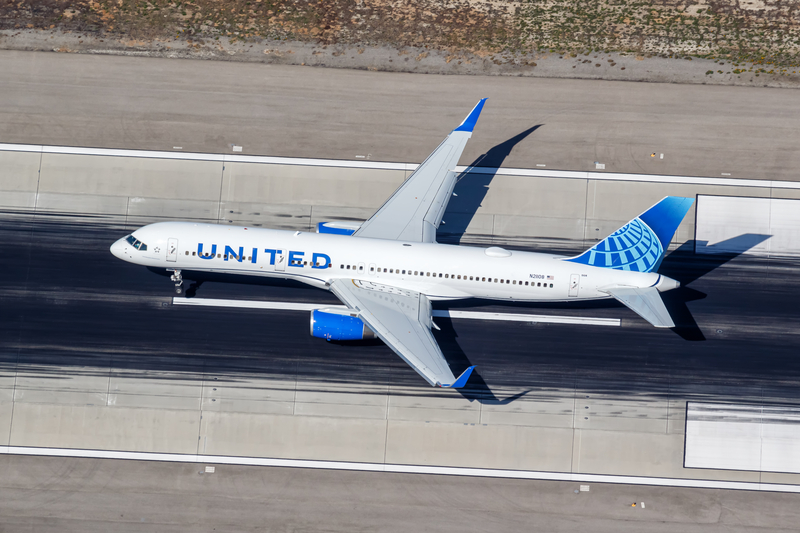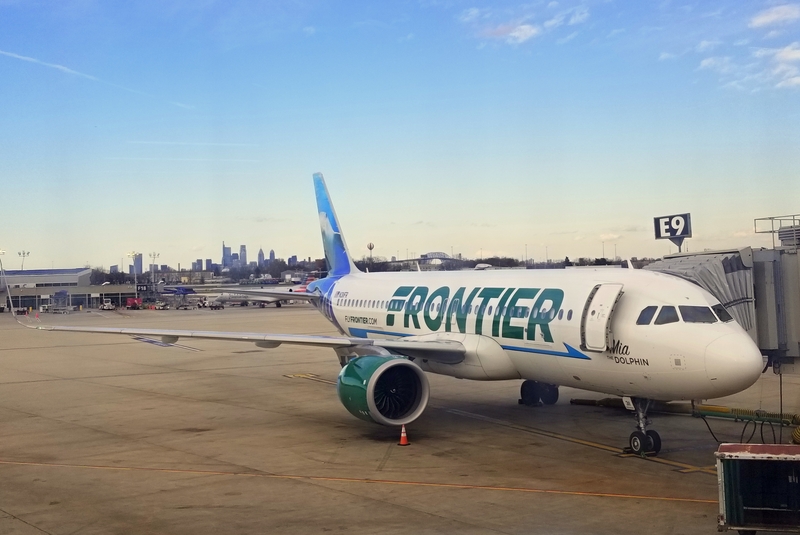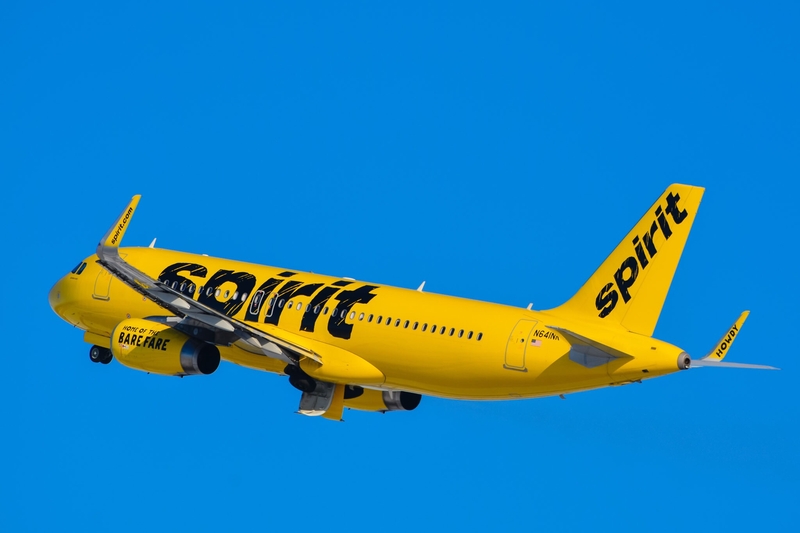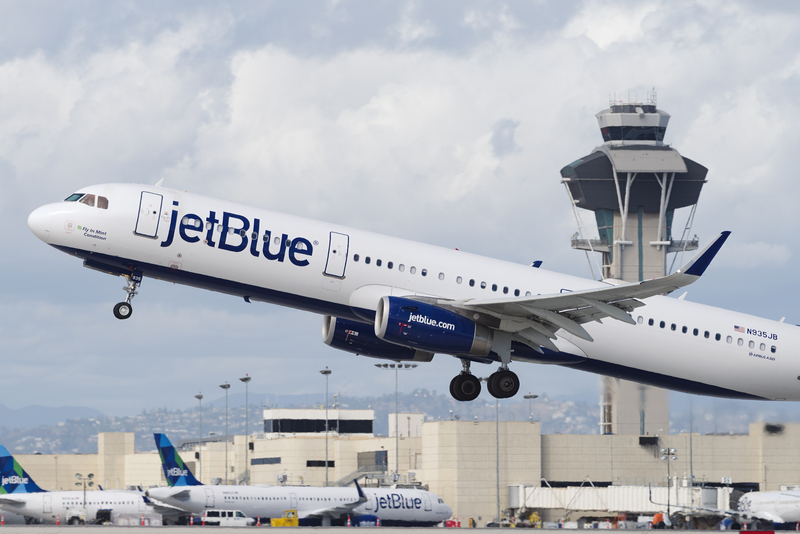United Airlines Experiences Two Hydraulic Diversions on Denver-Hawaii Route

ID 331012004 © Boarding1now | Dreamstime.com
United Airlines Faces Two Hydraulic Diversions on Denver to Hawaii Route in One Month
United Airlines has encountered a troubling pattern of hydraulic failures on its Denver (DEN) to Lihue (LIH), Hawaii route. In just over a month, the airline has experienced two significant hydraulic diversions involving the same route and aircraft model, the Boeing 757-200. While no injuries have been reported in either incident, the diversions highlight concerns about the reliability of aging aircraft on long-haul flights, particularly to remote destinations like Hawaii.
First Incident: Hydraulic Failure Leads to Diversion
The first diversion occurred in mid-September 2024, when the Boeing 757-200 en route from Denver to Lihue experienced a hydraulic failure that forced the crew to make an emergency diversion. The crew handled the situation with precision, landing the aircraft safely at an alternate airport without incident. Passengers were later rebooked or continued their journey on other flights.
Second Incident: Another Hydraulic Failure in October
Shockingly, just a month later, the same route was affected by another hydraulic failure. On this occasion, the flight had to divert again for emergency landing due to a hydraulic system malfunction. Although the skilled United Airlines crew successfully managed the situation once more, these consecutive incidents have raised questions regarding the reliability of the Boeing 757-200 fleet, particularly for long-haul routes over the Pacific Ocean.
Concerns Over Aging Aircraft
Both incidents occurred on the Boeing 757-200, an aircraft model that has been in service since the early 1980s. As United continues to modernize its fleet, many of its older aircraft, particularly those used for long-distance routes, are still in operation. These hydraulic failures have triggered discussions about the importance of fleet upgrades and maintenance to ensure passenger safety, especially when flying over large stretches of ocean, where diversion options are limited.
Safety Protocols in Place
Despite these incidents, United Airlines and other carriers operating older aircraft are following strict maintenance and safety protocols. Hydraulic system failures, while concerning, are not uncommon and can be safely managed when proper procedures are in place. United Airlines has emphasized its commitment to safety, ensuring that all necessary checks are conducted before flights, particularly on older aircraft.
Bottom line
While the two hydraulic diversions have not resulted in any injuries or major disruptions, they underscore the importance of maintaining robust safety protocols and considering fleet upgrades. For United Airlines, the incidents have reignited concerns over the aging Boeing 757-200 fleet and its long-term viability on routes that require extended periods over water. As United continues to invest in newer aircraft, it is crucial that these safety standards remain at the forefront of its operations.



